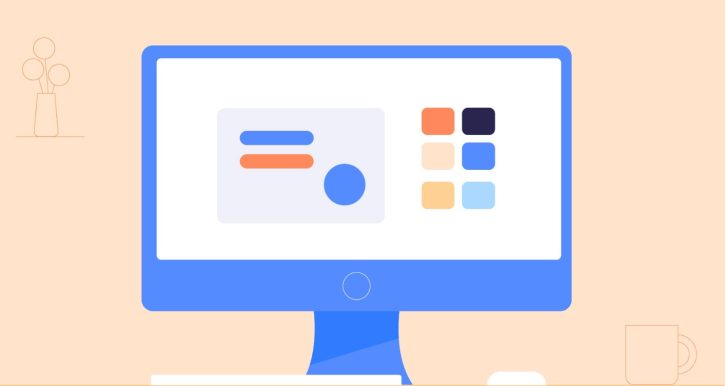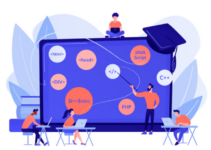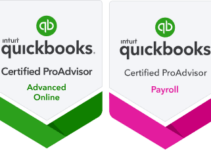In some cases, educational scientists have put e-learning into groups based on the technology used to learn, while in other cases, they have focused on things like synchrony and the content being learned. In this article, I have shared my knowledge on “Types of E-Learning”
There are 10 main types of e-learning, which will be talked about in this article.
Some educational scientists use more simple ways to group the different kinds of e-learning. They say that there are only two ways to learn online: using a computer or the internet.
Since the terms “e-learning” and “online learning” are often used interchangeably, this could be a more accurate way to group them.
Even though CML and CAL don’t have to be done online, they are still called “e-learning” because they are done online.
These are the 10 types of e-learning:
2. Computer Managed Learning (CML)
Computers are used to manage and assess learning processes in computer-managed learning (CML). Databases of information are used in computer-aided learning systems.
Additionally, these databases have a number of rating elements that allow the system to be adjusted to the interests of each student.
Real-time communication between students and computers allows teachers to assess whether or not a student has met his or her learning objectives. If the student is still dissatisfied with their progress toward their goals, the procedures might be repeated.
4. Asynchronous Online Learning
Asynchronous online learning, as the name suggests, occurs when students work together in distinct groups at different times and places.
Because they provide more freedom, asynchronous e-learning systems are frequently considered more student-centered than their synchronous equivalents.
As a result, students who are pressed for time prefer asynchronous e-learning since it gives them the flexibility to learn at their own speed. Students are not obligated to learn at regular intervals with their peers and can design their own learning timetables as they see fit.
Before the PLATO system, e-learning was considered asynchronous because of the lack of computer networking alternatives.
Choosing between synchronous and asynchronous e-learning has gotten more complex due to the widespread availability of computers and the Internet.
6. Fixed E-Learning
When it comes to Fixed e-learning, you may have heard of the term before. It means that no matter how many students participate, they will all have access to the same content, which is why the term “fixed” is used.
The professors get to pick the materials, and students have no say in what they learn.
While this type of learning has been commonplace in traditional classrooms for millennia, it’s not ideal for e-learning applications. Students’ inputs are valuable because fixed e-learning doesn’t take advantage of this information.
The learning outcomes of all students are improved when data from each student is analysed and material changes are made as a result of this analysis.
8. Interactive Online Learning
E-learning is a two-way communication channel between the sender and the receiver when it employs interactive elements.
Educators and students can make adjustments to their methods of instruction and learning in response to the feedback they receive. Interactivity in online learning has grown in popularity as a result of this.
10. Collaborative Online Learning
In a new form of e-learning called Collaborative e-learning, a group of students works together to accomplish their learning goals. Cooperative learning is essential to students’ success in achieving their educational goals.
When students form effective groups, they must take into account the strengths and weaknesses of their peers.
This has a positive effect on the children’s communication and teamwork skills. Knowledge can only be created in a group of people who can interact and learn from one another, so the idea of collaborative e-learning was born.
Despite the fact that this style of learning is more common in traditional classrooms than in online courses, it is a legitimate form of e-learning that, when done correctly, can be quite effective.
Quick Links:






